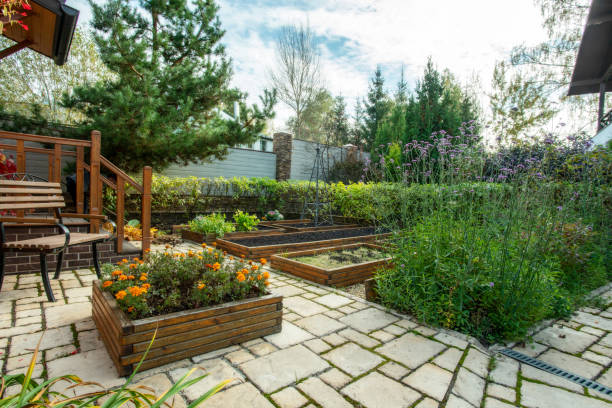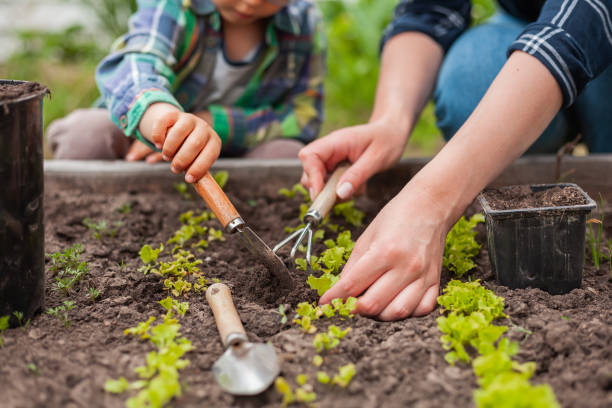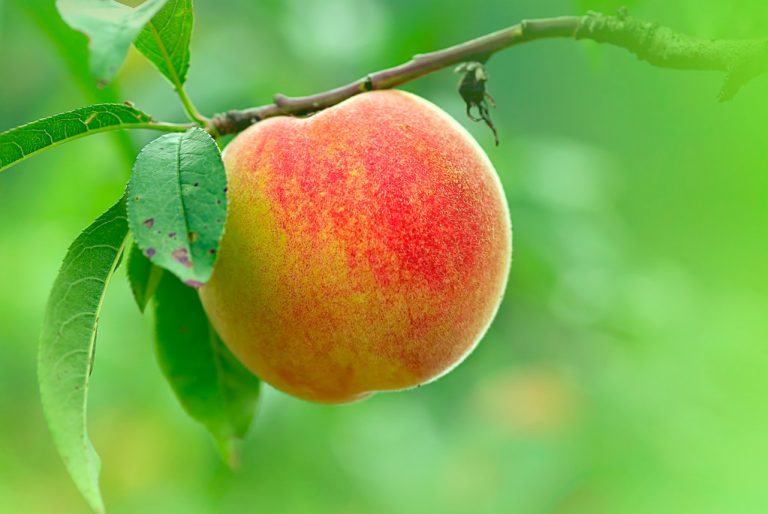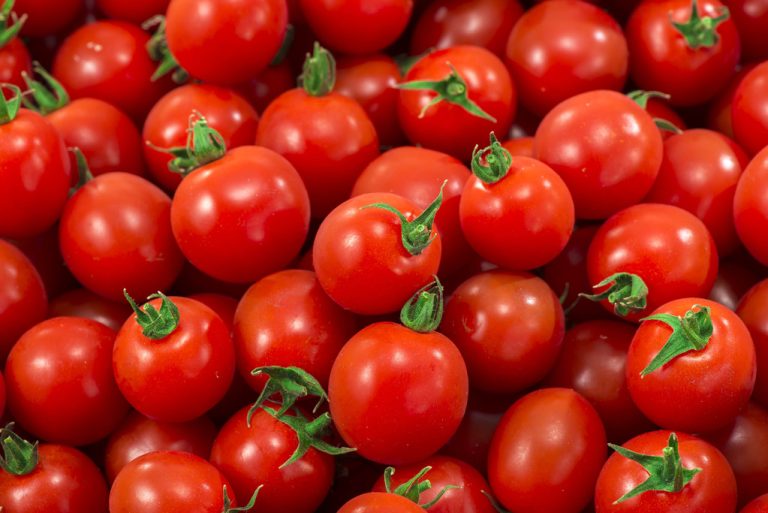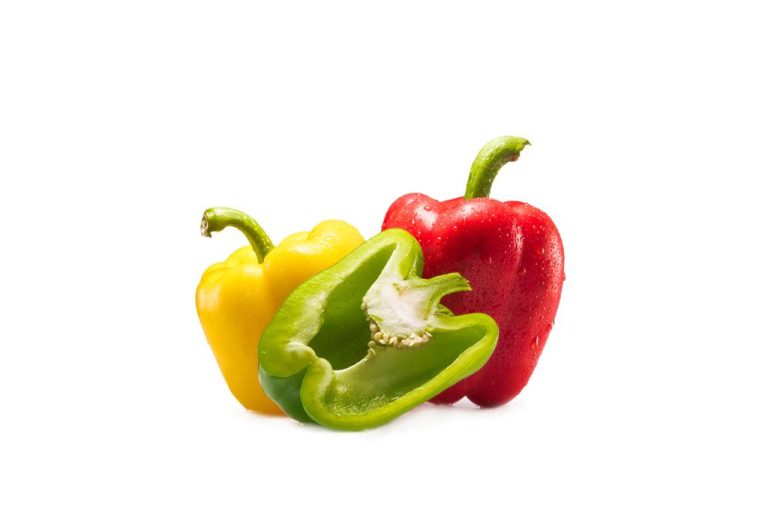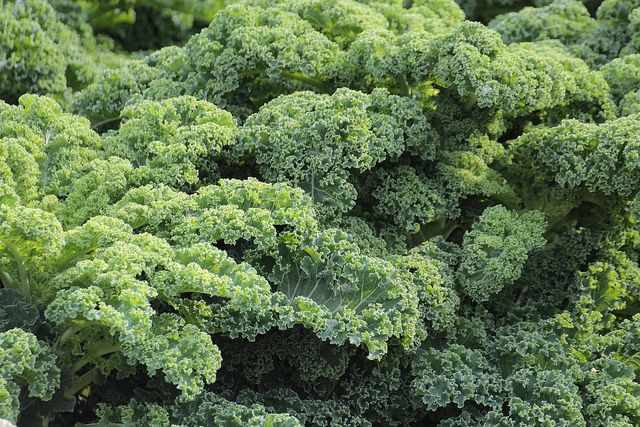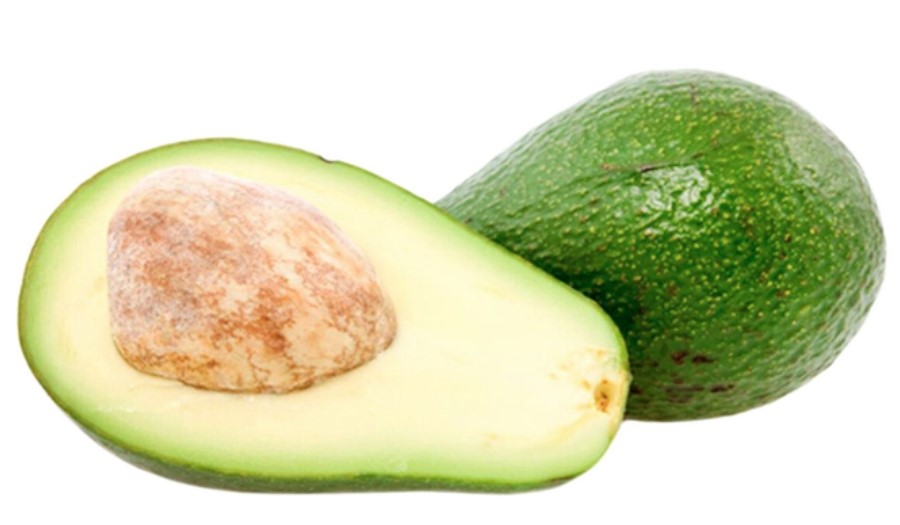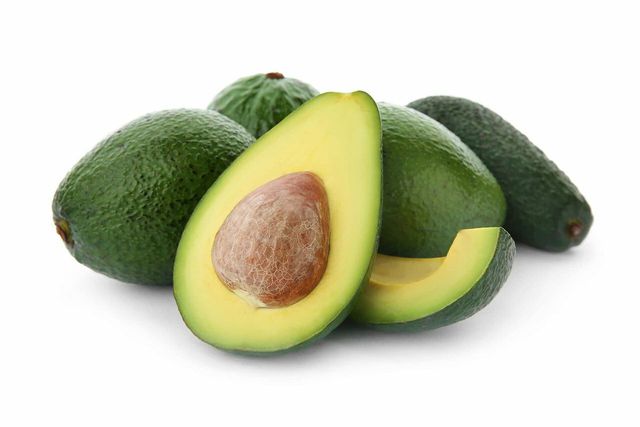There are no limits to the choice of colours, shapes and tastes.
1. Broccoli
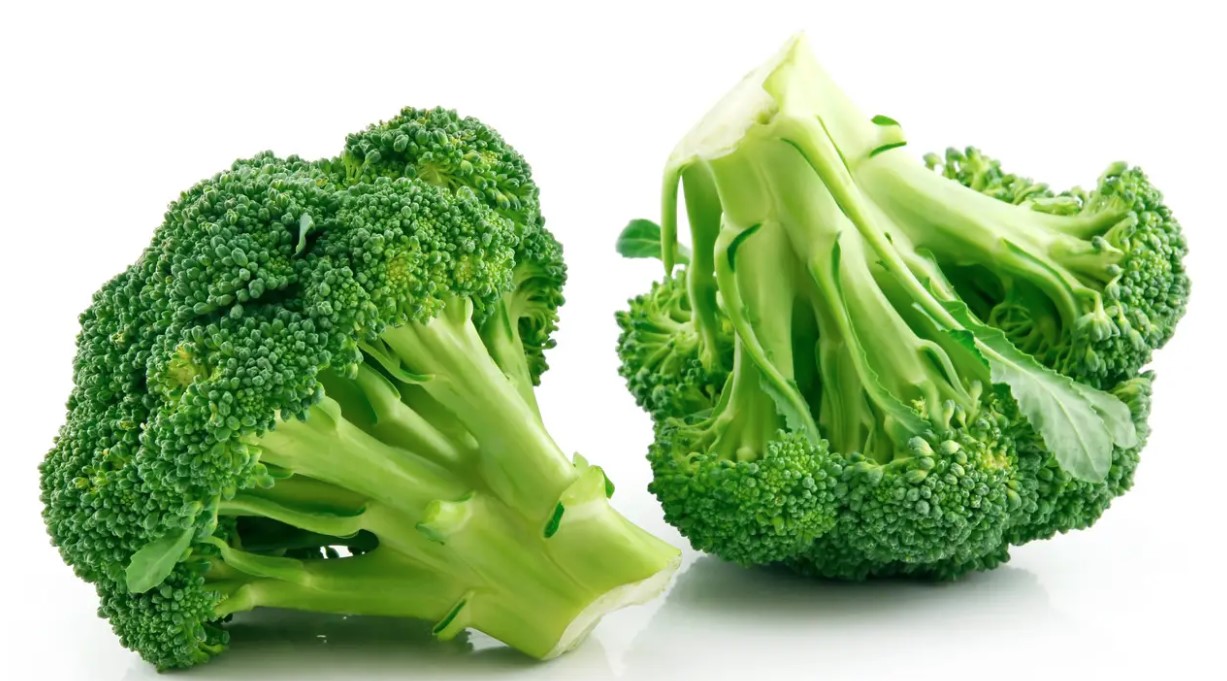
The flowers of this cabbage, reminiscent of green treetops, are the pinnacle of healthy vegetables. Broccoli is packed with valuable nutrients, including bone-strengthening calcium and selenium, which protects your cells. It also contains a lot of iron for blood formation and a large portion of vitamin C to strengthen your immune system.
The real health secret of broccoli is the secondary plant substance sulforaphane, which is only found in very few types of vegetables. Along with cauliflower and Brussels sprouts, broccoli is the top sulforaphane content. The substance is attributed the property of being able to curb malignant tumor growth. Sulforaphane is also beneficial in preventing and healing stomach ulcers and may be helpful in respiratory conditions such as asthma and hay fever.
Sulforaphane binds and renders harmless free radicals that arise when you are stressed or when UV rays strain your skin. The vitamin C in broccoli also has antioxidant properties. In addition, vitamin C is responsible for the formation of the protein collagen. This tightens the skin and supports the growth of hair and fingernails.
Like most vegetables, broccoli is very low in calories and almost fat-free, but its high fiber content keeps you full for a long time.
The finely chopped florets can also be eaten raw, for example in a salad. You can combine the green wonder with Mediterranean or Asian companions. Ginger, lemongrass and rice taste just as good with broccoli as almonds, thyme and potatoes.
2. Spinach
The Iron Man from your garden especially benefits women
The health effect of spinach has not only been legendary since Popeye. At the time, it was attributed to the supposedly high iron content of green leafy vegetables. Today it is known that the value at that time was based on a mathematical error. Nevertheless, spinach is the front runner among the iron-rich vegetables. This is good for women’s health with monthly blood loss, skin, hair, blood and muscles. The tender leaves help you stay slim because they’re high in insoluble fiber and 90 percent water. On top of that, it boosts your digestion. This makes spinach an ideal companion for your spring or other detox cure.
The nitrate contained in spinach is extremely valuable. It ensures that your blood pressure is lowered and regulated. Nitrate is only harmful when it is converted to nitrite. That’s why it’s important not to reheat spinach once it’s been cooked
You can help yourself to the delicate dark green leaves up to four times a year, provided you leave your heart and roots alone. You should try to harvest at the end of the day when the nitrite levels are at their lowest.
3. Chinese cabbage
The juicy, tender Chinese cabbage is particularly interesting for you if you do a lot of sport and want to stay slim. Potassium, calcium and folic acid are minerals and trace elements that Chinese cabbage scores with. This trio ensures healthy bones and muscles. The oval head of the mild type of cabbage contains a lot of dietary fiber and 94 percent water. A good dose of valuable mustard oils strengthens the body’s defenses, protects the organs from cell damage and can thus
4. Parsley
The smooth and curly types of parsley are more than just decorations on plates. The herbaceous green is full of good ingredients for your health. Parsley contains vitamins A, B, C and E in comparatively large amounts. They are crucial in the body for cell growth, metabolism, oxygen supply and protection against free radicals. It’s no coincidence that pregnant women often crave parsley. The herb contains plenty of folic acid. It is important for all growth and development processes and thus supports the development of the child in the womb. The essential oils Myristicin and Apiol act like a natural flavor enhancer. A good incentive to use the parsley more often and plentifully.
5. Chard
Swiss chard contains a lot of vitamin C and valuable B vitamins. It also has high levels of carotenoids, which are precursors of vitamin A. This vitamin is mainly found in animal products. Swiss chard is an excellent plant-based way to meet your vitamin A needs. You take care of your eyes, your skin and your mucous membranes.
Remember to prepare the chard with some oil so the vitamin A can be broken down by your body. Swiss chard also provides the minerals calcium, magnesium and iron. Good for your bones, your muscles and blood formation!
6. Sprouts/ Microgreens
It doesn’t take much to grow a colorful variety of sprouts yourself. Spread legumes, cereals, nuts or vegetable seeds on a little substrate, a little light and warmth are enough to let the little miracle plants sprout. Sprout glasses also do a good job here. A plus of growing your own sprouts is that you can harvest them fresh and harmful microorganisms have less of a chance to multiply in the humid climate of plastic packaging.
7. Chicory
Pale and inconspicuous, chicory hides in a box with a lid in the supermarket. The darkness in the closed container prevents the chicory from turning green and therefore too bitter. He can show himself calmly, because he has a lot on it for your health!
This is why chicory is so healthy: chicory provides large amounts of vitamin A, which is otherwise mainly found in animal products. Chicory is therefore particularly valuable for vegans and vegetarians. Vitamin A protects your eyes, as well as your skin and mucous membranes.
8. Beetroot
The dark red color of the beetroot seems to speak for itself. What one might initially think of as a medieval superstition has now been scientifically proven. Beetroot is good for the blood. The bulbous root contains high amounts of folic acid, which is responsible for the formation of red blood cells. A large 200 g portion of the vegetable covers half the daily requirement of folic acid. Pregnant women with their increased folic acid requirements benefit particularly from consumption.
9. Kale
Kale contains potassium, calcium and phosphorus. These three minerals are essential for building healthy bones and teeth. Vitamin K supplements this good effect. Osteoporosis can be prevented by eating kale without having to eat dairy. By the way, kale can also be prepared as a hearty vegetarian dish. Add plenty of onions, sun-dried tomatoes, and garlic for a good portion of umami on the plate.
10. Ginger
Ginger starts here without competition, it cannot be counted among the vegetables in the narrower sense – but we cannot do without it when it comes to health either. Because it is one of the few foods that have a noticeable effect even in very small doses.
In addition to a good portion of vitamin C, the rhizome of the tropical plant also contains a lot of iron, potassium, sodium and phosphorus, as well as the gingerols and shogaols responsible for its characteristic hot taste. Both substances are metabolism-enhancing and anti-inflammatory. In the case of colds, ginger has a diaphoretic, decongestant effect on the mucous membranes, as well as being antibacterial and even antiviral.
An infusion of a few pieces of ginger, seasoned with lemon juice and honey, is recommended for coughs and sore throats. Extracts from ginger have also been proven to have an anti-inflammatory and pain-relieving effect on rheumatism, arthritis and sports injuries.
11. Garlic

Garlic is not used as a vegetable in the traditional sense, but it also has a place in our circle. Its health-promoting effect is scientifically recognized and can be found in capsules and lozenges. Freshly processed, garlic causes the typical unloved breath, but it also provides culinary pleasure and helps you to improve your health status at the same time. The sulfur compounds, which are also responsible for the smell of the miracle tuber, have germicidal properties that work against parasites in our intestines, but do not attack the beneficial intestinal bacteria.
Allicin and various sulfides in garlic act as a natural anti-inflammatory and can help with osteoarthritis and stomach ulcers, for example. Saponins support this effect.
